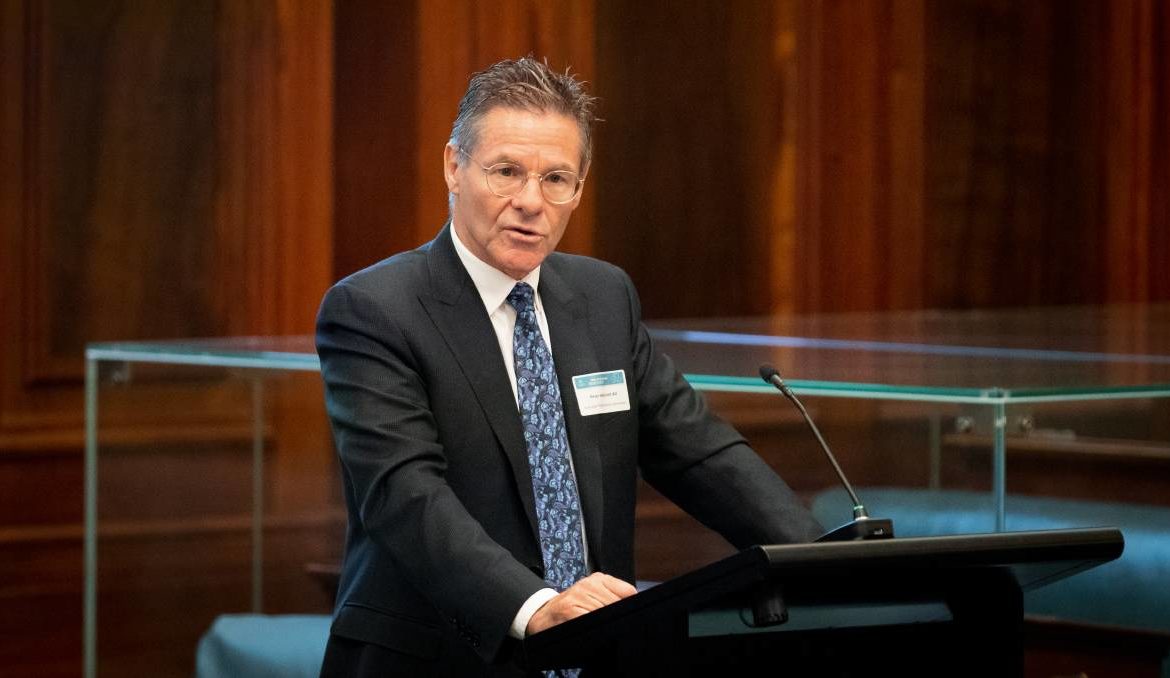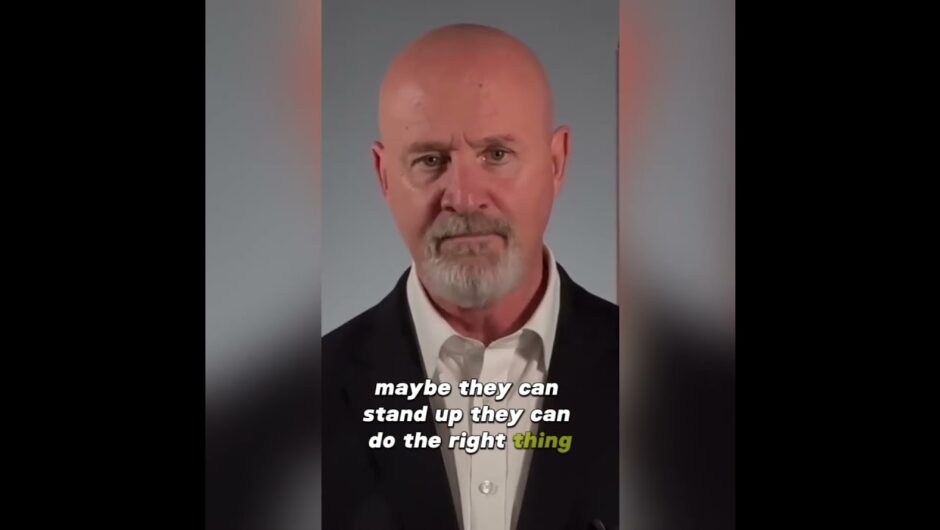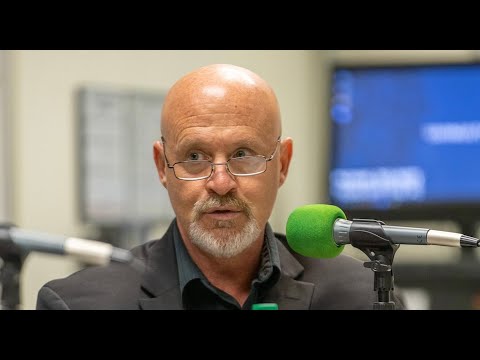news, latest-news, aps news, public service news, federal politics
Flexible working will attract employees to federal agencies competing with the private sector to fill critical skill shortages, a new public service workforce plan says. The agency overseeing the public service’s workforce will today release a new Australian Public Service-wide strategy to keep Commonwealth workplaces skilled and attractive to employees. It identifies flexible working as a part of the public service’s “value proposition” in recruiting talent into its ranks. The strategy follows the mass shift of public servants to working from home arrangements during the pandemic last year, when tens of thousands of bureaucrats worked remotely amid COVID-19 restrictions. The Australian Public Service Commission’s new strategy – a first for the APS – aims to focus and align government agencies in planning their workforces for their future needs. Public service commissioner Peter Woolcott said the strategy outlined a “one APS” approach to managing the public service’s workforce. “To be positioned to respond to complex challenges in the future, we need the APS workforce to be agile and collaborative,” he said. “We must work as one enterprise, across traditional boundaries and jurisdictions – taking an outcomes-based approach to delivery.” READ MORE: The strategy named flexible working as a way to help attract and retain skilled staff. “More flexible working arrangements offer new opportunities to engage diverse talent and respond to changing expectations,” it said. The strategy said agencies intended to change their workforce plans – including facilitating flexible and remote working – based on lessons learnt from the COVID-19 crisis. Employers in the public and private sectors are expected to keep competing for workers with skills in short supply, including digital and data expertise. Other roles, including transactional finance and human resources positions, are expected to decline in the next five years as technology changes. Commonwealth employers would need to plan reskilling for staff, the strategy said. Despite competing with other employers for specialist talent, less than half of public service agencies were “actively and strategically” planning for workforce skills. “The APS cannot continue to be overly reliant on recruiting from the labour market and only when a vacancy arises,” the strategy said. “We must be able to proactively and strategically recruit with a five-to-10-year horizon in mind, to build strong capability pipelines for data and digital/ICT roles.” The APS commission said entry programs for employees at any stage of their career would also attract staff. The Thodey review of the public service in 2019 called for a whole-of-APS workforce strategy, a recommendation accepted by the federal government. Our journalists work hard to provide local, up-to-date news to the community. This is how you can continue to access our trusted content:
/images/transform/v1/crop/frm/36i7SKuzkApKRqnK2hWiW9n/97b41f73-0e9b-4388-ba43-fa42c5e2b1cb.jpg/r2_511_4997_3333_w1200_h678_fmax.jpg
Flexible working will attract employees to federal agencies competing with the private sector to fill critical skill shortages, a new public service workforce plan says.
The agency overseeing the public service’s workforce will today release a new Australian Public Service-wide strategy to keep Commonwealth workplaces skilled and attractive to employees.
It identifies flexible working as a part of the public service’s “value proposition” in recruiting talent into its ranks.
The strategy follows the mass shift of public servants to working from home arrangements during the pandemic last year, when tens of thousands of bureaucrats worked remotely amid COVID-19 restrictions.
Public service commissioner Peter Woolcott said the strategy outlined a “one APS” approach to managing the public service’s workforce.
“To be positioned to respond to complex challenges in the future, we need the APS workforce to be agile and collaborative,” he said.
“We must work as one enterprise, across traditional boundaries and jurisdictions – taking an outcomes-based approach to delivery.”
The strategy named flexible working as a way to help attract and retain skilled staff.
“More flexible working arrangements offer new opportunities to engage diverse talent and respond to changing expectations,” it said.
The strategy said agencies intended to change their workforce plans – including facilitating flexible and remote working – based on lessons learnt from the COVID-19 crisis.
Employers in the public and private sectors are expected to keep competing for workers with skills in short supply, including digital and data expertise. Other roles, including transactional finance and human resources positions, are expected to decline in the next five years as technology changes. Commonwealth employers would need to plan reskilling for staff, the strategy said.
Despite competing with other employers for specialist talent, less than half of public service agencies were “actively and strategically” planning for workforce skills.
“The APS cannot continue to be overly reliant on recruiting from the labour market and only when a vacancy arises,” the strategy said.
“We must be able to proactively and strategically recruit with a five-to-10-year horizon in mind, to build strong capability pipelines for data and digital/ICT roles.”
The APS commission said entry programs for employees at any stage of their career would also attract staff.
The Thodey review of the public service in 2019 called for a whole-of-APS workforce strategy, a recommendation accepted by the federal government.
Our journalists work hard to provide local, up-to-date news to the community. This is how you can continue to access our trusted content:







